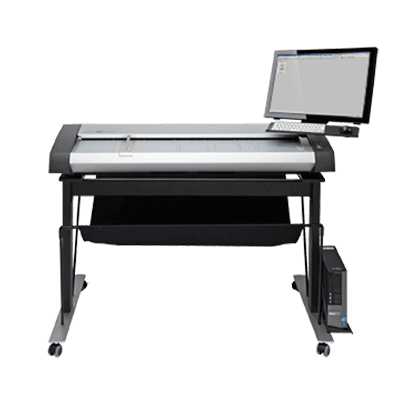What Is a Printing Inspection System?
 Printing Inspection System is a device that inspects printed materials.
Printing Inspection System is a device that inspects printed materials.
For printed materials printed with delicate inks on delicate materials such as paper, especially minute changes in materials and conditions can cause variations in print quality. Changes in the day’s temperature and humidity are also factors that contribute to variations. Therefore, Printing Inspection System is used to maintain printing quality.
In the past, visual inspections were generally performed by human eyes, but there were problems such as labor costs, variations in the passing line depending on the person inspecting, and difficulty in guaranteeing uniform quality. In response, a Printing Inspection System using image processing technology was developed.
Applications of Printing Inspection System
Printing Inspection System is used to inspect the quality of printing. In addition to printing errors, other elements of print quality include blurring, chipping, ink dripping, blurring, pinholes, color variations, missing characters and images, and wrinkles. Printing Inspection Systems can also selectively detect these elements.
In addition to paper prints, the system can also be used for plastic and film prints, and is capable of inspecting printed materials for various applications such as labels and packaging materials. This inspection is conventionally performed by human eyes.
By automating inspections using image processing technology, the speed and accuracy of inspections can be greatly improved compared to inspections conducted by human operators, thereby increasing productivity. It also reduces human labor, thus reducing human costs. Furthermore, products with printing defects can be quickly detected and sorted, thereby reducing waste of ink and post-process work in subsequent printing processes.
Principle of Printing Inspection System
Printing Inspection System uses image recognition processing technology. Simply put, Printing Inspection System compares the image data of a printed product with the image data of the actual printed product when printed with absolutely no mistakes. It can compare factors necessary to maintain quality, such as printing errors and printing blurring, as well as the degree of such errors.
Specifically, the image data printed with absolutely no defects is registered in the Printing Inspection System as a master plate, and based on this master data, the items to be inspected, the accuracy, and the inspection range are set. The next step is to scan the printed material to be inspected, load it into the device, and compare the registered master data with the data to be inspected on a pixel-by-pixel basis.
The Printing Inspection System compares various values in the data. The most common of these is the difference in density, which is the difference in color. Since some sort of printing defect is occurring in areas where there is a density difference, the size, or pixel count, of the area where this density difference is occurring is then detected. Then, the size that can maintain acceptable quality is set as a threshold value, and those outside the threshold are detected as defective.
Types of Printing Inspection System
1. In-Line Inspection System
Inline Inspection System is a device installed in the production line and can perform Printing Inspection System during production. The advantage of this type of equipment is that it can inspect the entire production line and the entire product.
Defective products can be marked and clarified using a numbering device or tape inserter, or automatically discharged using a retrofitted rejector or double delivery. The disadvantage of in-line equipment is that it cannot handle defects that occur in the process after the inspection, for example, in the machining process.
2. Off-Line Printing Inspection System
A separate conveyor is installed on the production line, and an Off-line Printing Inspection System is installed on the conveyor. Advantages include the ability to inspect all products after production and to discharge defective products at the same time as inspection in the final process. The disadvantage is that a separate space is required to accommodate the transfer machine.
3. Off-Line Out-Printing and Sampling Inspection Equipment
This equipment inspects for plate defects, missing characters, etc. on printed materials at the time of printing or removal from the press. Since the inspection is performed with the printed material completely fixed in place, the quality and accuracy of scans are improved. On the other hand, its disadvantage is that it is not a 100% inspection because it is a sampling inspection.
Other Information on Printing Inspection System
Ok-Printed Printouts
RIP data, which is usually printing plate data, is used as the master plate for Printing Inspection System, but OK-printed print data may also be used. RIP data is data in which digital data created by various applications is replaced with a set of small dots called “halftone dots” for printing on printing equipment.
On the other hand, an OK-printed printout is a standard printout obtained by actual printing, and is also called an OK sheet. After printing a predetermined number of sheets, each print is compared and the OK-printed print is selected as the standard for quality in the process.